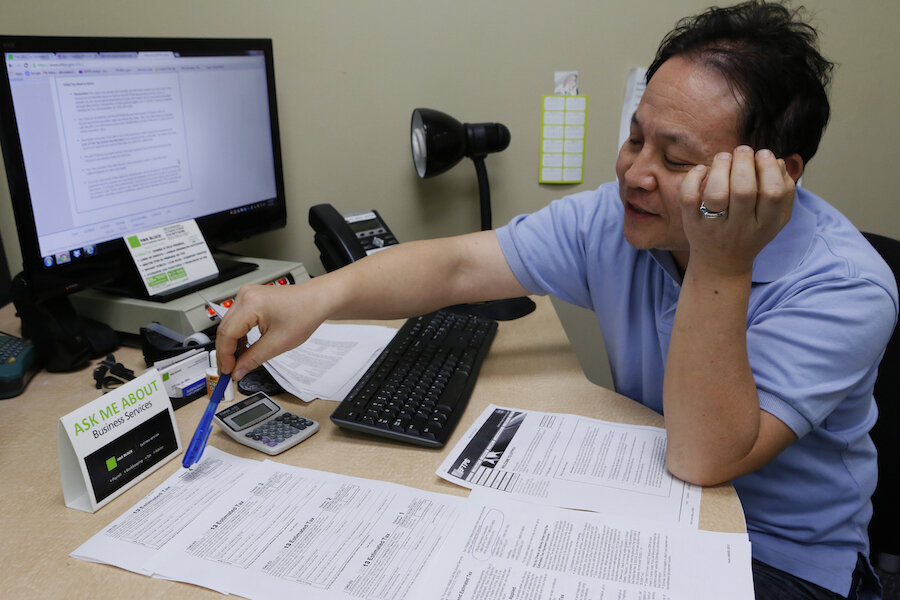The fastest way to get your tax refund
If you’re expecting a tax refund, you probably want to get your hands on that money as quickly as you can. Last year the average refund was $3,034.
You’ll typically get the fastest refund by filing your taxes electronically. Some online tax preparers allow you to do your 2015 taxes even before the Internal Revenue Service is open for business; they stockpile returns in anticipation of the date when processing begins.
You can e-file your taxes several ways:
- For free, using one of the IRS’ Free File partners, which are brand-name tax preparation services available to those with incomes below $62,000.
- For free, using the IRS’ Free File Fillable Forms. There are no income limitations, but there is no guidance, either.
- For free, using a commercial online tax preparer. The big names all provide free guidance and e-filing for the simplest returns.
- For a fee, using a commercial online service or downloadable software. Those with more complex returns, such as freelance income, a small business or some types of credits and deductions, are more likely to require the expertise of a paid tax preparation service.
Most states also offer free filing options for your state returns. The Federation of Tax Administrators maintains a list of state filing options.
The IRS hasn’t yet announced when it will begin processing returns, but the date last year was Jan. 20. The first electronically deposited refunds go out 10 days after the first returns are accepted, with paper checks going out a day or two later. Theoretically, a refund could land in your bank account as early as the first week of February.
Here’s what you can do to make the filing process go as smoothly as possible.
E-file and direct deposit for fast refunds
Before you can file your taxes, you’ll need to have your W-2 forms in hand. By law, employers have until Feb. 2 to send your 2015 W-2, but many make their W-2 statements available electronically earlier than you can expect them via mail.
Online tax preparers typically allow you to import electronic W-2s directly into their systems.
Once you have the needed documents, the IRS says you’ll get the fastest refund by filing electronically (e-file) and requesting direct deposit. That way, your refund goes directly from the U.S. Treasury into your checking or savings account. Old-school paper returns are typically processed more slowly, with refunds appearing in six to eight weeks.
Once you’ve filed your return, you can track its progress with the “Where’s My Refund?” tool from the IRS or through the online tax preparer you chose. If you e-file, you can begin tracking 24 hours after your tax return is accepted. (If you mail it in, you’ll have to wait four weeks.)
If you file electronically, you’ll typically be notified when your return has been received by the IRS, when the return has been approved and when the refund has been sent.
What if I don’t have a credit card or bank account?
Commercial online tax preparers typically don’t charge you to prepare your taxes, but you will pay to electronically file them. If you don’t have a credit card, they may offer the option of taking your refund on a prepaid Visa or MasterCard, after deducting their fees, or as a deposit to your bank account, again deducting their fees.
If you don’t have a bank account, you can inquire with local banks and credit unions about opening what are known as individual development accounts. These savings accounts should allow you to accept an electronic deposit.
With direct deposit, you can also distribute funds among as many as three checking or savings accounts and up to three U.S. financial institutions. You can request this split refund option by filing IRS Form 8888, Allocation of Refund (Including Savings Bond Purchases).
This article first appeared in NerdWallet.






